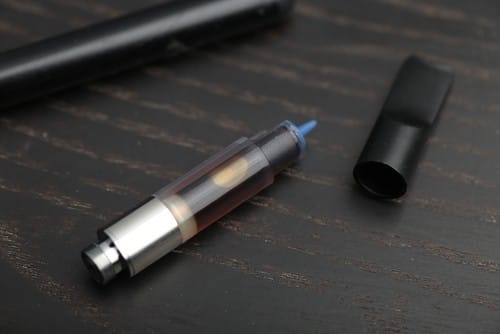As a parent, the decision to send your teen to a residential drug treatment program is a brave one. The choice means you’ve acknowledge that your child requires professional help that is above and beyond the assistance you can provide at home. It also means that you love your teen so much that you want to give them the best chance at becoming and remaining sober. To give your child the best chance at success it is important to select the best residential drug treatment program. Keep the following in mind while reviewing residential treatment options: 
Age Groups
Teenagers are still developing physically, mentally and emotionally. Because of this, teen drug addiction programs must tailor each teenager’s treatment to reflect their level of the development. Additionally, staff at the residential drug treatment program must be prepared to deal with issues that are unique to teenagers. A treatment center that specializes in adolescent addiction issues is the safest choice for drug rehab care.
Personalized Attention
Each client in residential drug treatment has a unique set of experiences and issues. This means that each person’s treatment plan should be designed to address their specific needs. Standardized approaches are often unsuccessful and leave the client feeling dissatisfied. By involving teenagers in the process of creating their own they become engaged in the process and begin to become invested in their own success. Be wary of any residential drug treatment program that is so rigid that all clients receive the same treatment.
Treatment Team
The ideal residential drug rehab treatment center will have a dedicated therapist and counselor that they will work with throughout the program. Interaction with these two individuals should be supplemented with experts from a number of backgrounds including:
- Licensed therapists
- Counselors
- Psychiatrists
- Psychologists
- Medical Doctors
- Registered Dietician
- Art Therapists
- Equine Therapists
These highly trained individuals work together to ensure each teen gets the full support they need to overcome their addiction and remain sober.
Family Involvement
The highest rated residential drug treatment centers will have programs that support the family unit as a whole in addition to the treatment each teen receives. At this stage in their development, adolescents are more likely to follow the lead of their parents which can impact the success of the treatment program. Chances are the teen’s addictive behavior had a negative impact on not only the individual but their family as well. Family sessions and family therapy can help to rebuild those bonds and to establish a way of communicating with one another without dysfunction. Be wary of any treatment program that does not allow for parental communication.
With locations throughout southern California, Visions Adolescent Treatment Centers provides individualized drug treatment in inpatient and outpatient settings. Requirements for admission to their adolescent residential treatment program include: 
- Residents must be between the ages of 13 and 18
- Active involvement by a family member or guardian
- A minimum stay of 45 days and a maximum stay of 90 days
The residential treatment center has separate sleeping quarters for males and females and is constantly supervised for the safety and security of all residents. Crisis teams are available around the clock so that clients receive the immediate clinical support they need.
Although each client’s treatment plan is unique, there are multiple universal goals for clients with addiction issues including:
- Development of problem solving skills that do not rely upon drugs or alcohol
- Educating clients to be able to identify negative behaviors and surroundings that can result in a relapse, and walking away.
- Introduction of clients to the benefits of a 12 step program
For additional information on the residential drug treatment programs available at Visions Adolescent Treatment Center, contact them today. Please click below to schedule your consultation or call us at 866-889-3665.
Originally posted on September 1, 2014 @ 8:58 am






